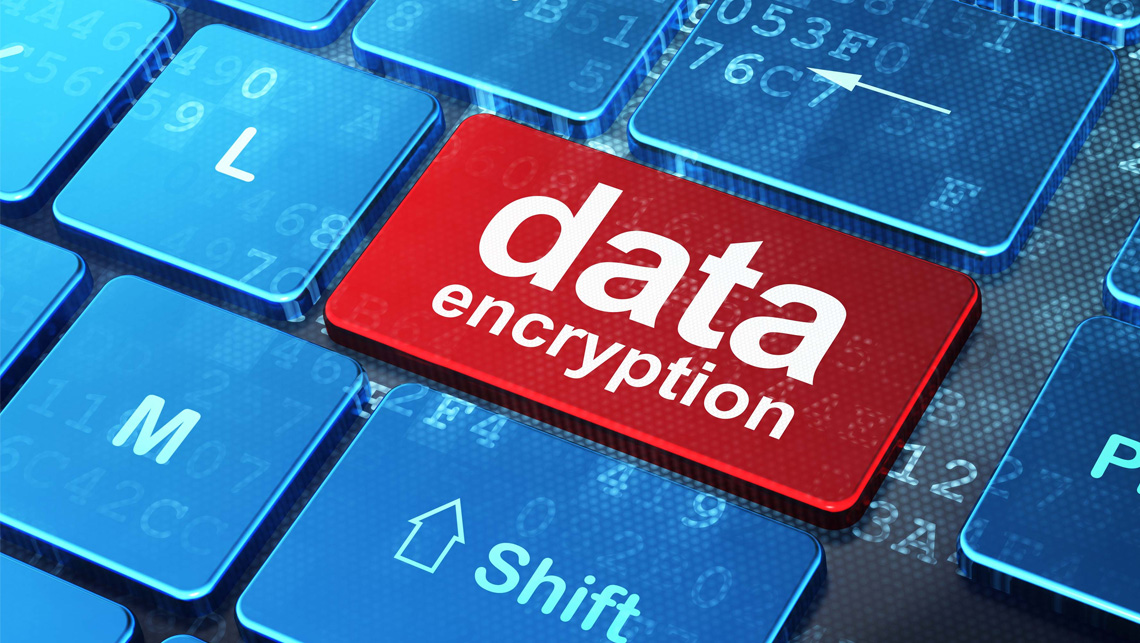In the digital age, the voluminous streams of data generated daily necessitate stringent security measures. Deciding whether to encrypt your database is not merely a question of if, but how critically it impacts the safeguarding of sensitive information. Distinguishing between various methodologies and understanding their implications is essential for any organization committed to data integrity and privacy.
Firstly, let’s elucidate the concept of database encryption. At its core, database encryption involves rendering data unreadable to unauthorized users through cryptographic algorithms. This practice serves as a bulwark against data breaches, offering a layer of protection that is particularly salient given the burgeoning rates of cyberattacks worldwide.
One of the foremost considerations when contemplating database encryption is the type of data housed within the database itself. Sensitive information such as personal identifiable information (PII), financial records, and health-related data warrants encryption due to the potential ramifications of exposure. The implications of a data breach can be catastrophic—not only resulting in financial loss but also damaging an organization’s reputation irreparably.
Moreover, encryption can be stratified into two primary categories: full-disk encryption and field-level encryption. Full-disk encryption secures the entire database, thus safeguarding all associated data. While this approach provides comprehensive protection, it can also introduce complexities in performance, particularly for large databases. Conversely, field-level encryption targets specific fields or columns within a database—allowing for more nuanced control but requiring astute management to ensure that the encryption keys do not become targets themselves.
Another pivotal aspect to consider is compliance with regulatory frameworks. Data protection regulations, such as the General Data Protection Regulation (GDPR) and the Health Insurance Portability and Accountability Act (HIPAA), mandate the protection of sensitive data. Employing encryption not only aids in compliance but also showcases a commitment to ethical data handling practices, thus fostering trust with both customers and partners.
Yet, the implementation of encryption is not devoid of hurdles. Organizations must weigh the balance between security and performance. Encrypting data can lead to latency in database responses, as the time required to encrypt and decrypt data can introduce delays. Conducting a thorough analysis of the performance overhead versus the level of protection required is imperative before embarking on the encryption journey.
Furthermore, one must consider the management of encryption keys. The efficacy of encryption is contingent upon the security of the encryption keys. If keys are inadequately safeguarded or mismanaged, the encryption becomes a double-edged sword—potentially exposing sensitive data instead of shielding it. Effective key management protocols must be instituted, encompassing secure storage, regular rotation, and detailed audits.
Organizations also confront the issue of data accessibility. While encryption greatly enhances security, it can inadvertently complicate data access for legitimate users. Striking a balance between robust security measures and user experience is essential. Implementing role-based access control (RBAC) can help, ensuring that only authorized personnel can decrypt sensitive information, thus minimizing the risk of unauthorized exposure while maintaining efficiency.
Additionally, it is critical to reevaluate encryption strategies continuously. As threat landscapes evolve, so too must the security paradigms that organizations adopt. Regular vulnerability assessments, penetration testing, and updates to encryption standards are crucial to fortifying the protective measures in place. Staying abreast of technological advancements and emerging threats ensures that encryption strategies remain effective in combating new forms of cyber threats.
Beyond these technical considerations, the cultural aspects underpinning an organization’s approach to data security cannot be overlooked. Fostering a culture of security awareness is paramount. Training employees on the significance of data encryption and cultivating an environment where data protection is prioritized can mitigate risks associated with human error—a prevalent vulnerability in contemporary digital ecosystems.
Ultimately, employing database encryption is not a panacea for all security concerns. It is but one cog in a broader security architecture that includes firewalls, intrusion detection systems, and regular security audits. A comprehensive security posture integrates these various elements, forging a resilient defense against potentially devastating breaches.
In conclusion, the question of whether to encrypt your database is contingent upon numerous variables, including the nature of the data, regulatory requirements, and organizational capabilities. Given the escalating instances of cyberattacks and the critical importance of safeguarding sensitive information, the answer invariably leans towards a resounding affirmative. Encryption serves not only as a formidable barrier against unauthorized access but also as a testament to an organization’s commitment to data integrity and ethical stewardship. As the digital landscape continues to evolve, so too must the strategies devised to protect the data upon which our modern lives increasingly depend.









Leave a Comment